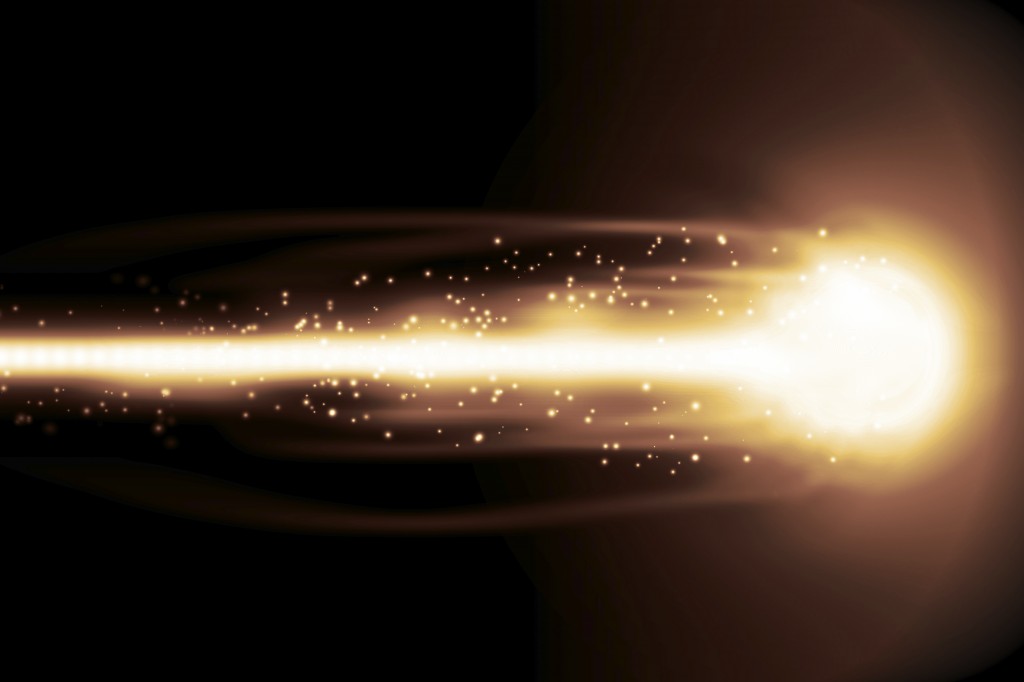
Kent scientists have helped discover a ‘cosmic factory’ for producing the building blocks of life.
The team from the University of Kent, Imperial College London, and Lawrence Livermore National Laboratory have discovered that when icy comets collide into a planet, amino acids can be produced. These essential building blocks are also produced if a rocky meteorite crashes into a planet with an icy surface.
The researchers suggest that this process provides another piece to the puzzle of how life was kick-started on Earth, after a period of time between 4.5 and 3.8 billion years ago when the planet had been bombarded by comets and meteorites.
The abundance of ice on the surfaces of Enceladus and Europa, which are moons orbiting Saturn and Jupiter respectively, could provide a perfect environment for the production of amino acids, when meteorites crash into their surface, say the researchers. Their work further underlines the importance of future space missions to these moons to search for signs of life.
The researchers discovered that when a comet impacts on a world it creates a shock wave that generates molecules that make up amino acids. The impact of the shock wave also generates heat, which then transforms these molecules into amino acids.
The team made their discovery by recreating the impact of a comet by firing projectiles through a large high speed gun. This gun, located at Kent, uses compressed gas to propel a projectile at speeds of 7.15 kilometres per second into targets of ice mixtures, which have a similar composition to comets. The resulting impact created amino acids such as glycine and equal amounts of D-and L-alanine.
The Kent team was led by Dr Mark Price, Senior Lecturer in Space Science from the School of Physical Sciences.
For more information contact Katie Newton.





